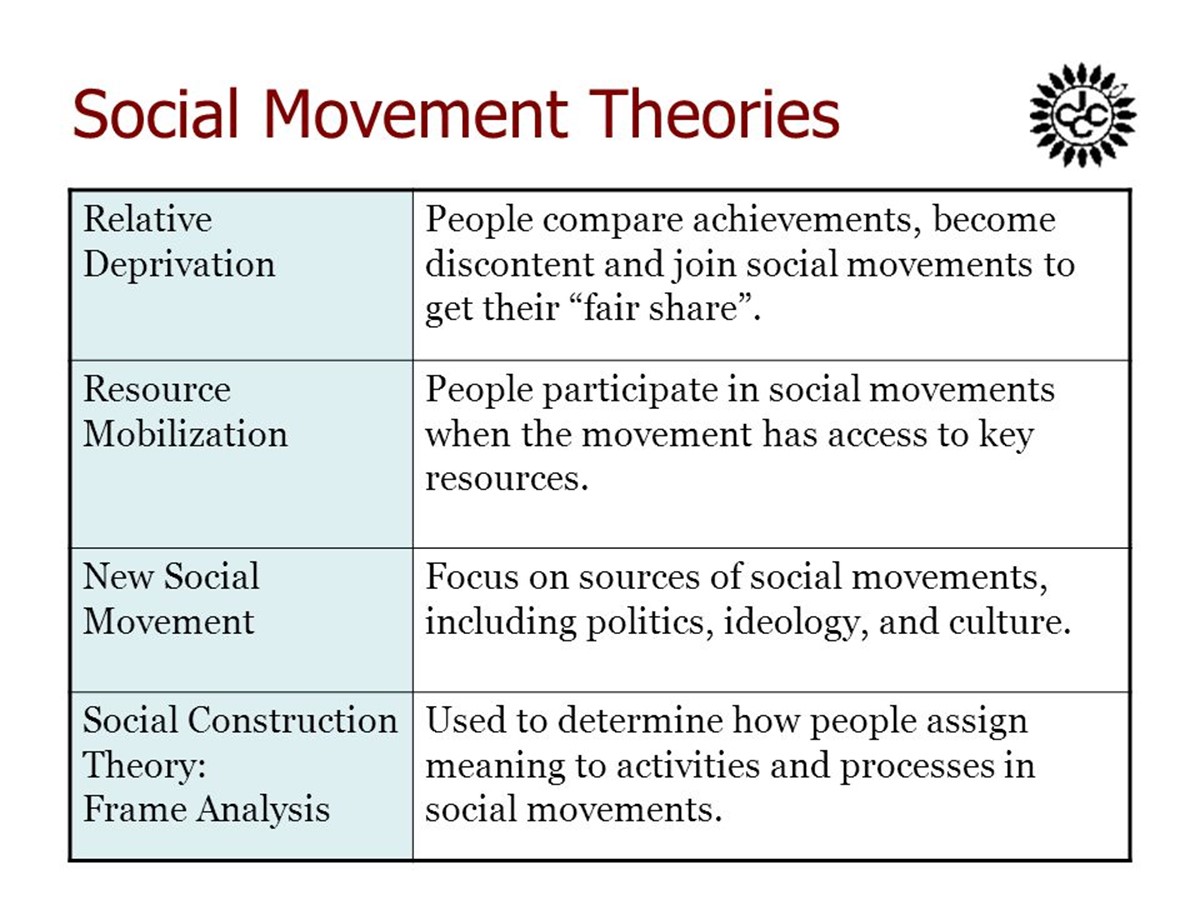
Collective Identity Theory can be used to explain the progress, or lack thereof, of a social movement. CIT captures the human element of social movements by stating humans are not rational actors. This theory can explain why Occupy Wall Street, even with a lack of significant impact upon policy, still managed to encourage such large numbers into its movement. It can also explain the force that drew large numbers of local Tea Party chapters to form together in many states. However, it does not explain why the Tea Party managed to have dramatically different results compared to Occupy.
Political context, therefore, heavily contributes to the group’s choices in strategy when forming, and carrying out its progress. A third theory used to explain the emergence of social movements, and the success and failure of said movements, is resource mobilization theory. This theory, while aiding to understand why the Great Recession established an opening to these movements to make an impact, fails to take into account the human elements of movements. And while it does discuss the importance of resources and organizational structure (as resource mobilization does), it does so stating the need for strong leadership.
Theory focuses on the acquisition and utilization of resources as a determining factor about the success or failure of a movement. Those that are able to have access to the most resources typically thrive, while those who lack access to them typically fail. RMT can be used to adequately explain the success of the Tea Party (as it had access to a significant number of resources from its birth) and the lack of institutional change made due to Occupy Wall Street.
Occupy_auto3
Social Movement Theories Applied To Occupy Wall Street And The Tea Party